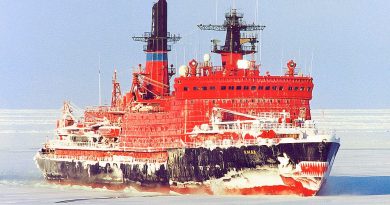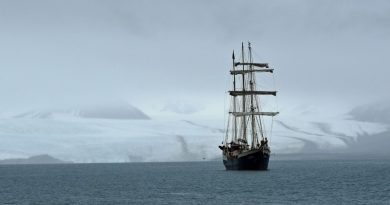Is Asian desert dust warming the Arctic’s sea surface and confusing satellites?
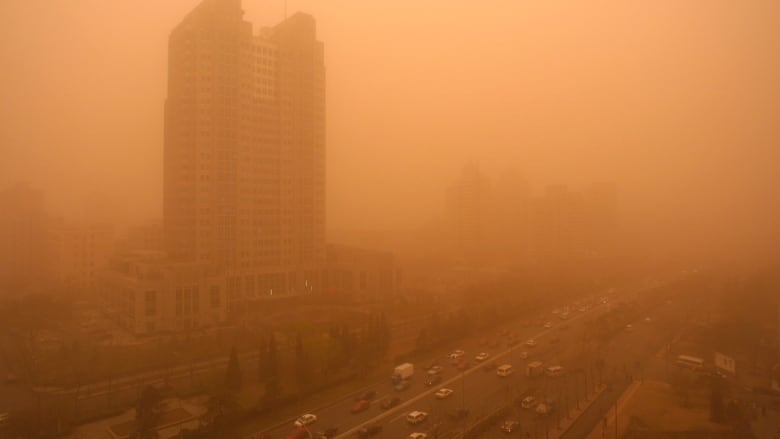
Large amounts of dust from Asian deserts could be contributing to the warming of Arctic sea surfaces, but satellites are misreading these temperatures as being colder than they are.
That’s according to a recent study published in Scientific Reports by Ron Vincent, an associate professor in the department of physics and space science at the Royal Military College of Canada in Kingston, Ont. He studies sea and water surface temperatures in the Arctic.
“I don’t think people think about the Arctic as being a particularly dusty place, and I don’t think it’s well known just how much dust is being transported to the Arctic,” he said.
Approximately 6.5 million metric tons of dust are deposited north of 60 every year, much of it coming from deserts in Asia, according to another study cited in the paper.
Vincent said he hopes to look at older satellite data to see if the amount of dust has increased over time and if it’s more widespread in the Arctic. He also wants to look at the Antarctic.
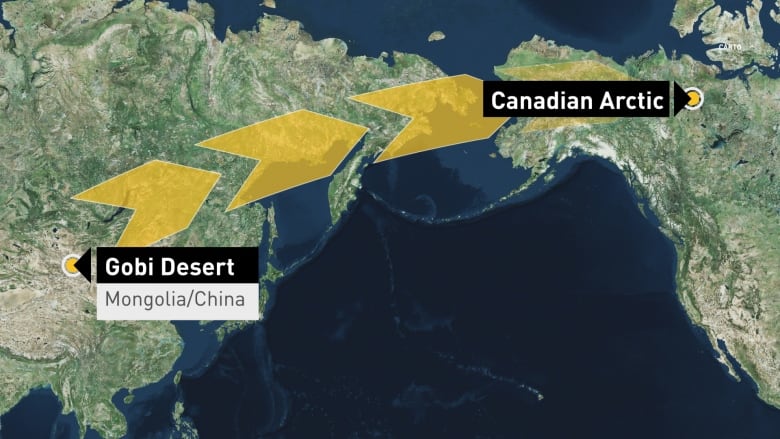
‘A desert on the water’
About 25 per cent of dust storms in Asia transport particles directly to the Arctic — mainly from the Gobi and Taklamakan deserts. Smaller contributions also come form the Sahara Desert in North Africa.
The dust travels through the atmosphere and deposits on ice, snow and water in a matter of days, Vincent said.

He saw the phenomenon while looking at satellite images of the Amundsen Gulf and Great Bear Lake in the Northwest Territories taken between 2007 and 2017. He said surface temperatures were much colder than he expected and he was “astounded” when he discovered a layer of dust covering the surface.
“From space, it has a signature of a desert on the water, which to me was pretty remarkable,” he said. “I hadn’t seen that, at least in the Eastern Arctic with the studies I’ve done there.”
Satellites misread the surface temperature, Vincent said, because dust doesn’t emit energy as efficiently as water or ice surfaces. Therefore, satellites report the temperature as being colder than it actually is.
But he said when dust is deposited on ice and water it actually causes warming by reducing the reflectivity of the surface. This means it absorbs the energy from the sun’s rays rather than reflecting it back into space.
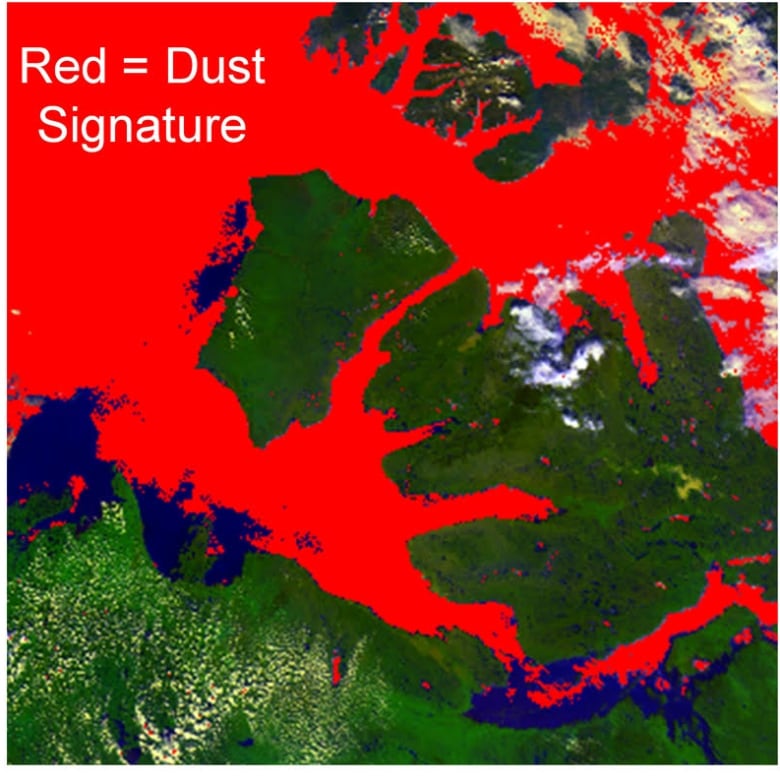
Vincent said that while dust storms are naturally occurring, human activities are still a big contributor to climate change.
“With global warming, we’re seeing more and more drylands, and we’re seeing more dust storms occurring and more violent dust storms. So what this implies is that we can expect more dust coming to the Arctic with time,” he said.
Related stories from around the North:
Canada: Warm water under Arctic ice a ‘ticking time bomb,’ researcher says, CBC News
Finland: Finnish researcher’s animation shows climate warming at startling speed, Yle News
Norway: Arctic Europe’s July records melted under extreme temperatures, The Independent Barents Observer
Russia: Russian and American scientists team up to study Arctic Russia’s weakening sea ice, The Independent Barents Observer
Sweden: Feature Interview: Is Arctic climate research missing the big picture?, Eye on the Arctic
United States: Melting glaciers are triggering the world’s biggest tsunamis, CBC News

